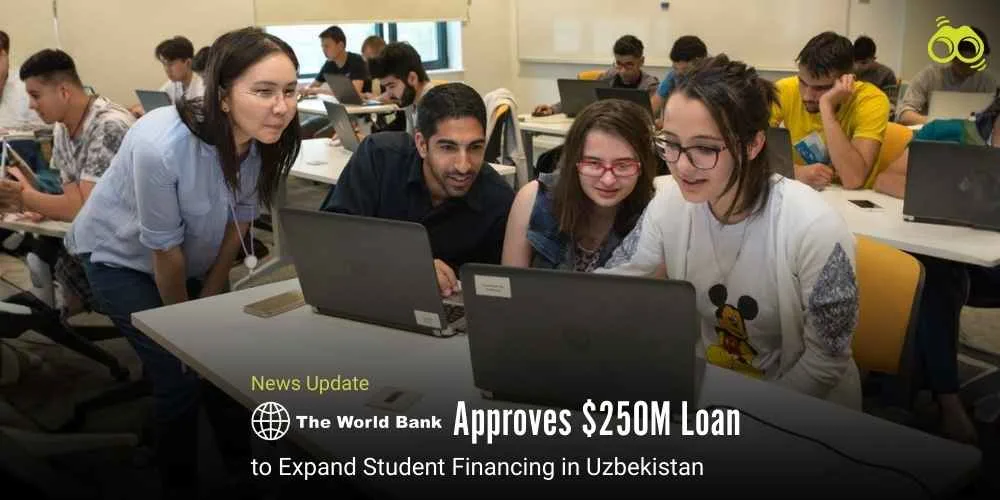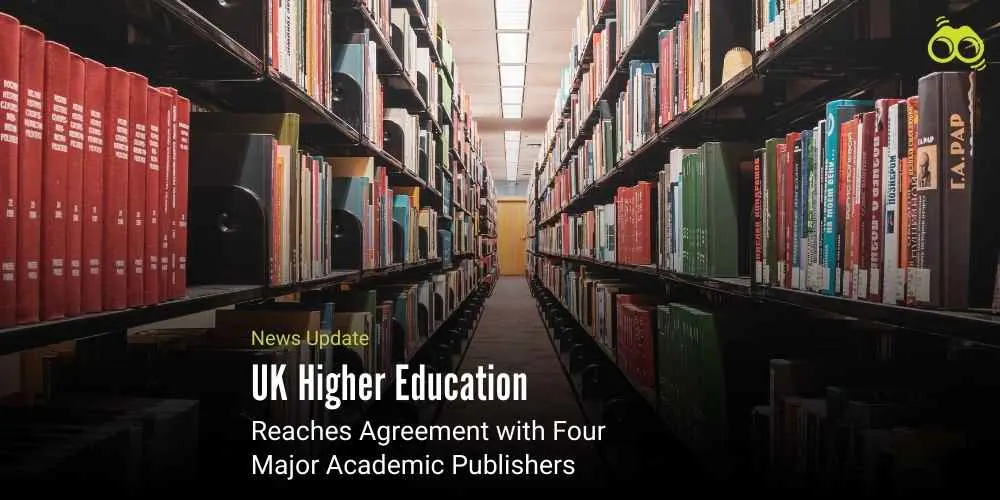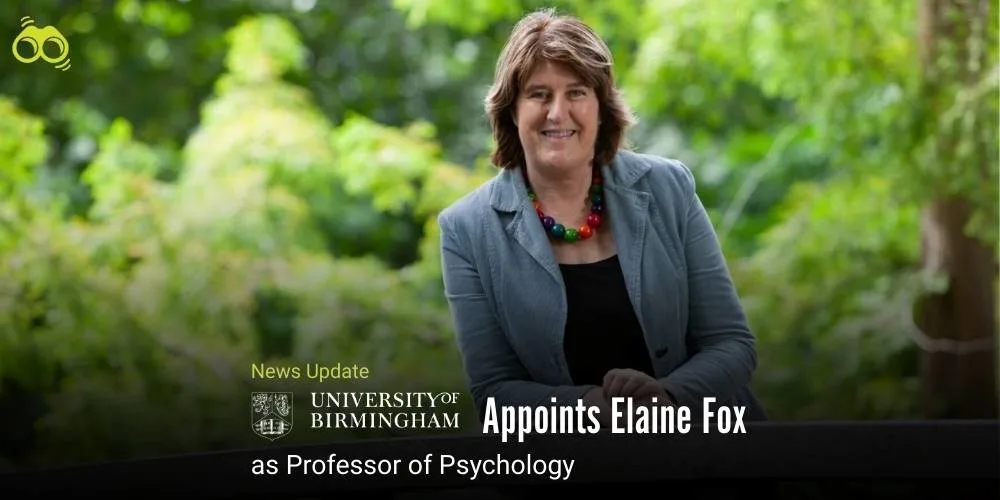Expansion in University Seats to Support China's Technological Advancements
China's Higher Education Reform: Universities to Boost Enrollment in Strategic Fields
In a strategic move to bolster its competitive edge on the global stage, several Chinese universities have announced plans to expand enrollment. This initiative aligns with China's national strategic priorities and underscores the importance of cultivating talent in key areas to drive new productive forces. Experts emphasise that fostering such talent is crucial for maintaining international competitiveness and advancing the nation's development goals.
On March 9, Peking University announced plans to increase undergraduate enrollment by 150 spots in 2025, focusing on national strategic areas and emerging fields. Similarly, Tsinghua University plans to add approximately 150 spots and establish a new general education college aimed at nurturing interdisciplinary talent, particularly in artificial intelligence (AI) and related fields. Additionally, Renmin University of China will raise its undergraduate enrollment by over 100 spots, prioritizing national needs. Meanwhile, Shanghai Jiao Tong University will expand its enrollment by 150 spots, emphasizing frontier technologies such as AI, integrated circuits, biomedicine, healthcare, and new energy.
During the ongoing "two sessions," talent and technology have been key discussion topics. The 2025 Government Work Report, presented to the third session of the 14th National People's Congress on March 5, stressed the need to develop talent in strategic areas. It called for efforts to nurture top-tier innovators, skilled workers, and key personnel in urgent sectors. The report outlined plans to reform higher education, expand quality undergraduate education, develop world-class universities, and improve talent training mechanisms.
On March 6, Zheng Shanjie, head of the National Development and Reform Commission, announced that China will continue to improve higher education quality. He revealed plans to increase enrollment in high-quality undergraduate programs, particularly at "Double First Class" universities, with a target of adding 20,000 spots this year, following 16,000 added last year. Wang Peng, an associate research fellow at the Beijing Academy of Social Sciences, told Global Times on March 10 that while China has the world’s largest higher education system, it still faces gaps in developing top-tier innovative talent, with both quantity and quality falling short of international standards. Moreover, he highlighted the growing demand for talent development, particularly in AI, stressing the need for individuals with innovative thinking, interdisciplinary skills, strong teamwork, a global outlook, and ethical responsibility.
He noted that in recent years, governments at various levels have intensified efforts to foster and attract high-end talent. This focus has greatly contributed to the country’s industrial development and economic growth. These talents enhance industrial competitiveness through innovation and technological upgrades, while also boosting local economies by fostering entrepreneurship and creating jobs. This helps drive the development of new quality productive forces, laying a solid foundation for China to gain a competitive edge in the growing global competition. In July 2024, Minister of Education Huai Jinpeng stated that China’s higher education population had reached 250 million, with new workforce entrants having an average of more than 14 years of education. He also highlighted that the country possesses the world’s largest pool of research and development personnel. China's strategic expansion of university enrollment underscores its commitment to developing a highly skilled workforce, driving innovation, and maintaining a competitive edge in the global arena.
Editor’s note:
China is a master player in the field of technology, as it knows very well that the future lies in the hands of research, technology and innovation. Its recent decision to expand university enrollment in fields such as artificial intelligence, biomedicine, and integrated circuits is a transformative move that positions the country at the forefront of technological and innovative advancements. By focusing on areas that align with national strategic priorities, China is preparing to meet the growing demand for skilled professionals and setting a powerful example for other countries to follow. For other countries, China’s initiative serves as an important reminder of how crucial it is to align educational policies with national priorities. The need for skilled professionals in emerging and strategic fields is increasing worldwide, and investing in higher education, especially in cutting-edge technologies, is essential for maintaining a competitive edge.
India, with its rapidly growing economy and young population, can learn valuable lessons from China’s approach. One of the first steps India could take is to invest in modernizing its educational infrastructure. Additionally, India could focus on aligning its educational programs with national priorities, such as renewable energy, biotechnology, and digital technologies, to develop expertise in these crucial areas. Increasing funding for research and development would also promote a culture of inquiry and discovery, which is vital for progress. Moreover, India should emphasize practical skills and vocational training alongside traditional academic learning.
According to Skoobuzz, as India and other countries progress in the 21st century, adopting China’s strategies could foster sustained growth, drive innovation, and strengthen their position in the global competitive landscape.














0 Comments (Please Login To Continue)